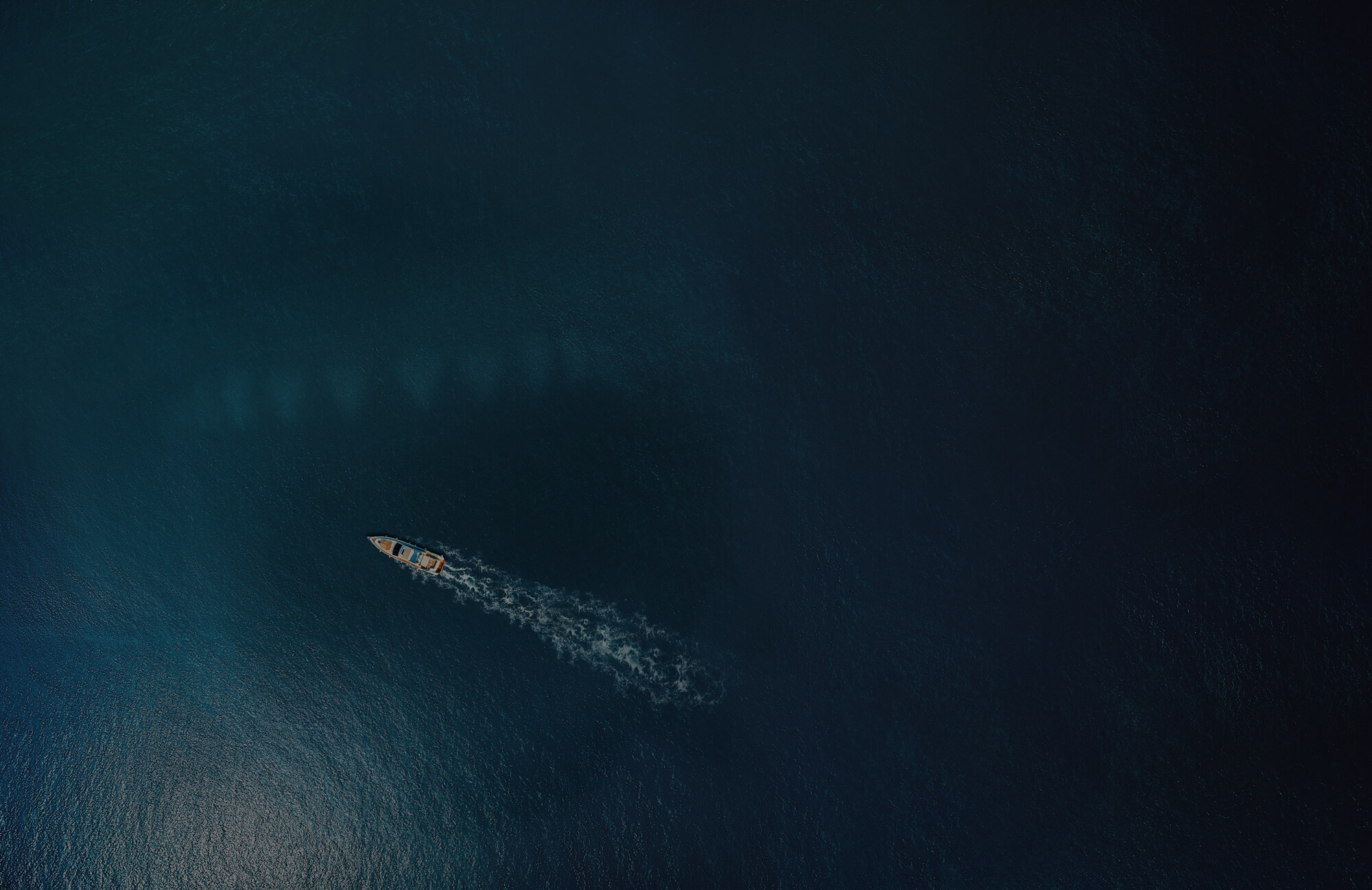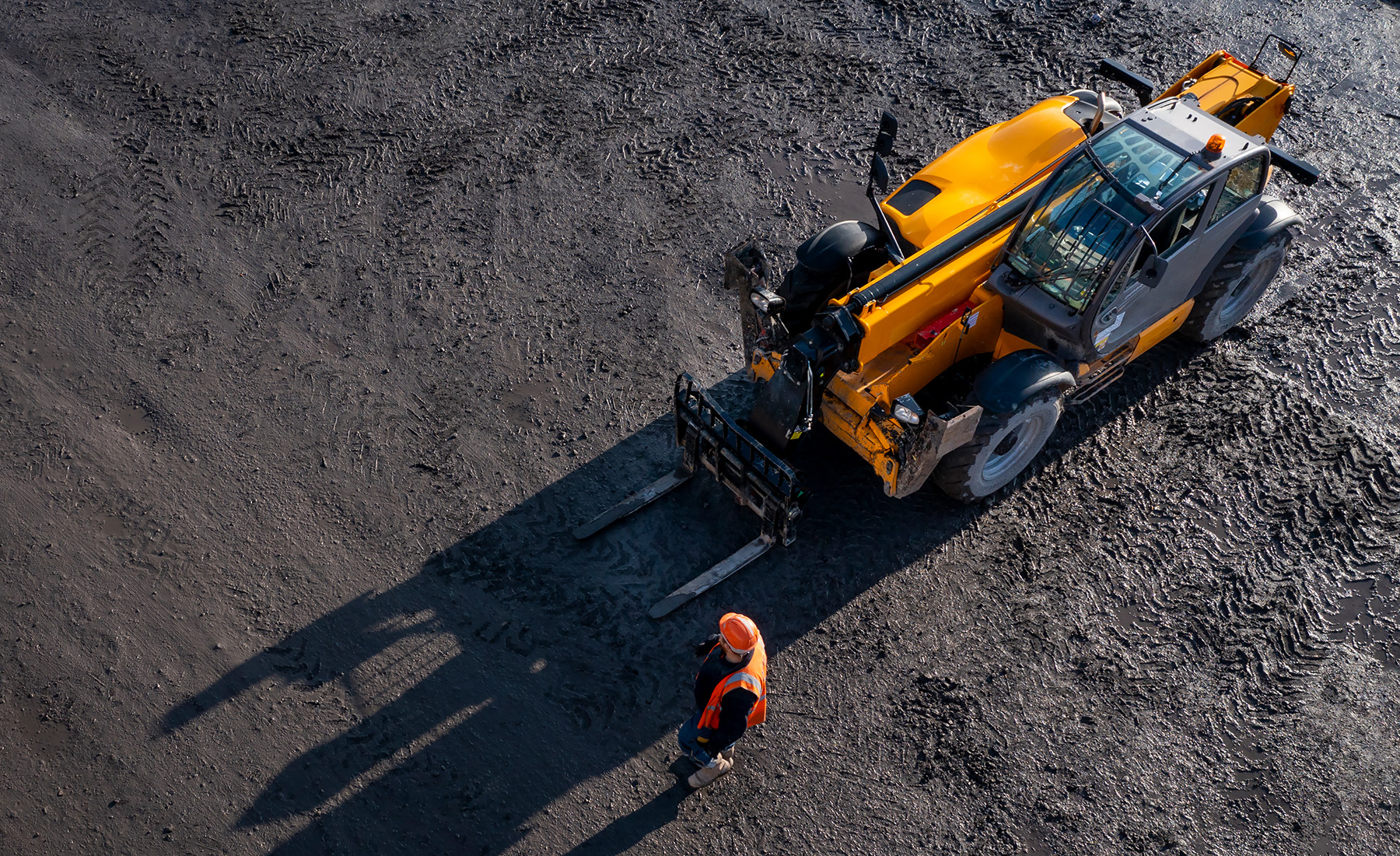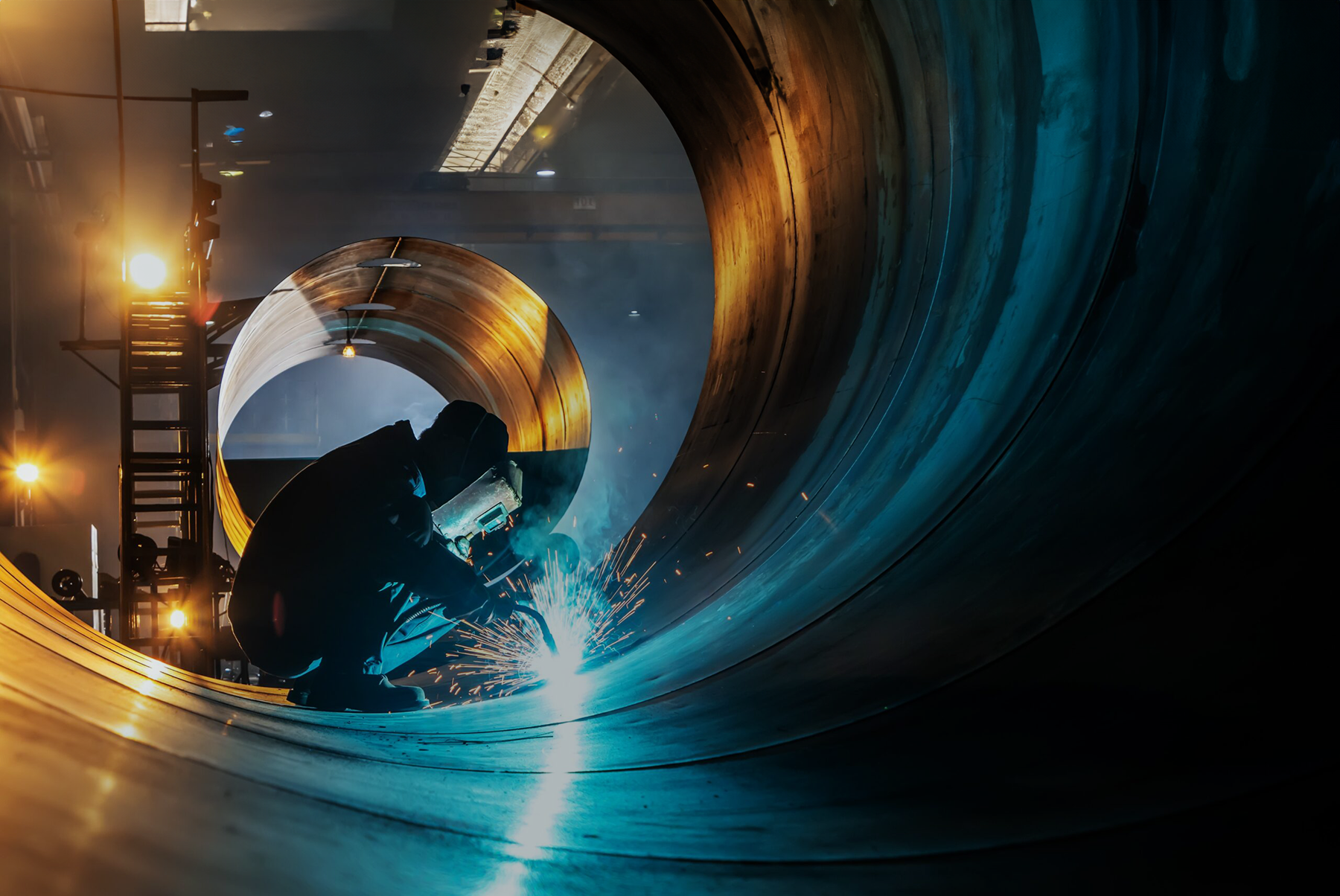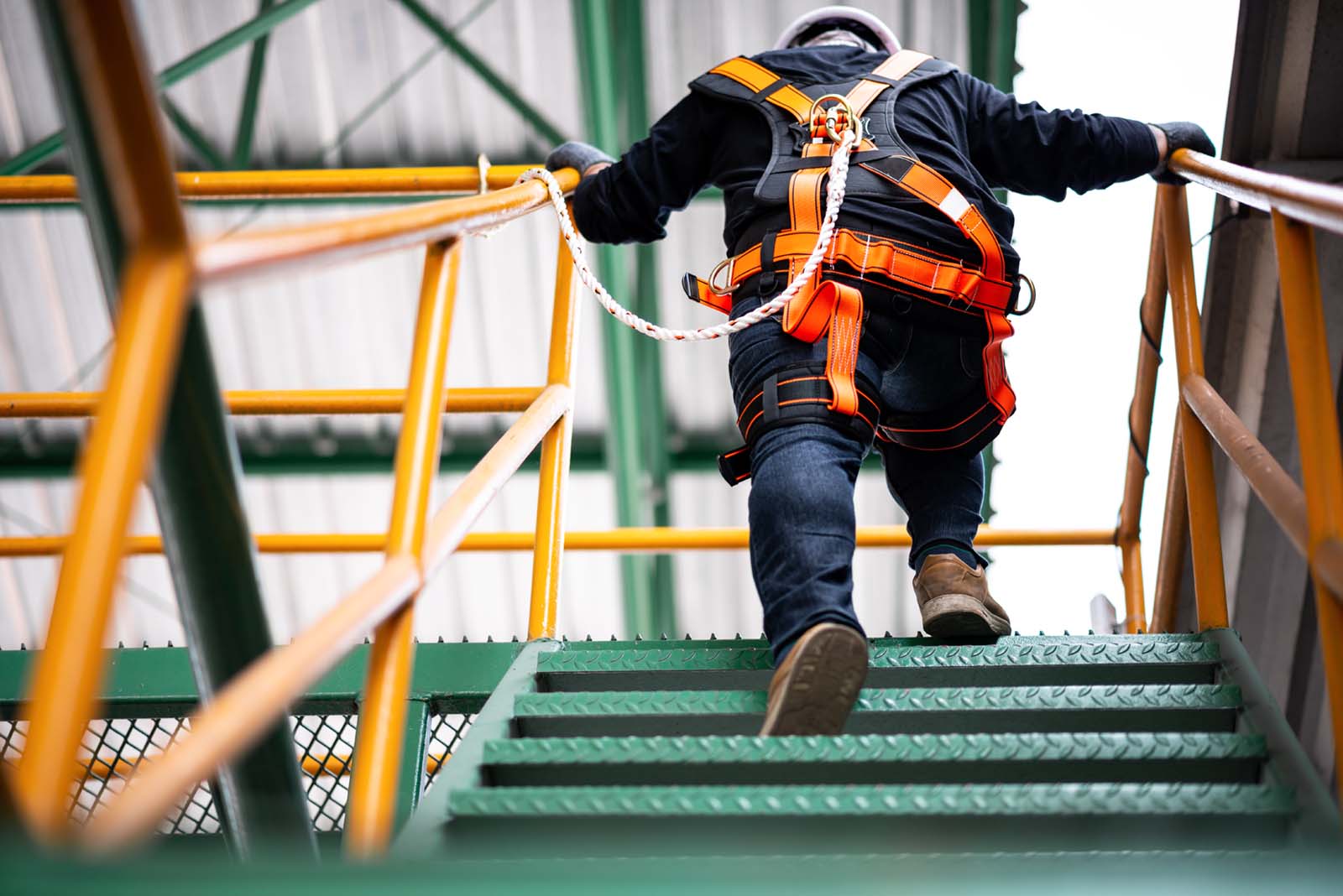Safety Procedures Lack Bite
I’VE NEVER WRITTEN ABOUT MEGALADONS BEFORE, SO I COULDN’T HAVE PREDICTED IN A MILLION YEARS, OR 2 MILLION FOR that matter, that I would discuss the prehistoric sharks in back- to-back issues of Spark. But here we are.
In the fall issue, I wrote about when “Jurassic World: Fallen Kingdom” “jumps the megalodon,” and now I get to go full Arthur Fonzarelli— Google it, post-Gen Xers—and discuss where “The Meg,” a movie about the prehistoric shark, itself jumps the shark. Aaayyy.
I decided to see “The Meg” in 3-D to see how well the director, Jon Turteltaub—who by the way has an ironic name for someone who has directed a fast-paced sea movie— captured the many nuances of an underwater world. I was pleasantly surprised. I thought the scenes were beautifully shot and quite convincing, and the Meg, itself, looked pretty darn cool. I don’t often enjoy watching 3-D films, but I love watching “Shark Week,” so I wanted to see the depths with some depth if you will. “The Meg” didn’t disappoint in that area. That said, if you watch this movie and expect to learn about maritime safety, shark behavior or science in general, you’ll likely be unpleasantly surprised.
Even before we meet the megaladon, we get to explore the deep blue sea, which isn’t so blue at those lightless depths. The movie begins with our soon-to-be conflicted hero, Jonas Tyler (Jason Statham), in a dangerous situation in the Mariana Trench, the deepest point of any ocean on earth. It’s located about 330 miles from Guam, and you’d have to go down about 7 miles to reach the bottom. The sub he’s on has been struck (attacked?) by some fierce force, and a second sub is sent to rescue it. If films have taught us anything, it’s that there’s always safety in numbers, so nice job here.
After the two subs are connected—a clever feature that is one of the smarter safety protocols we see in the film— Jonas, who is the captain, is forced to make a difficult decision that saves him and some of his crewmembers while leaving others behind to perish. It’s a Hobson’s choice really, but not everyone sees it that way. He tries to persuade people that the sub was attacked by a gigantic creature, but they basically tell him, “Woah, Nelly; that’s a whopper of a tale.” The ramifications of his decision, lead to the end of his career as a sub captain.
Fast-forward a few years, and we are taken down, down, down to a high-priced underwater marine research station near China funded by a billionaire named Morris (Rainn Wilson). The research center, which we’re sure would have been subjected to thorough Failure Mode and Effects Analysis (FMEA) and Process Hazard Analysis (PHA) studies among others, was designed to one day be a tourist attraction. The gigantic windows in the structure allow people to see sea creatures up close in their natural habitat, including a couple of groupie whales that seem to dig the digs.
However, the tables are turned here and the inhabitants, in essence, are trapped in a “people”-bowl. The sea life, in this case, surrounds the “bowl,” and will eventually taunt the human creatures much like a child would by repeatedly tapping the glass and frightening the fish in an aquarium.
The research station is the most interesting part of what otherwise is a largely formulaic film with seemingly smart people taking ridiculous risks and making asinine decisions.
To the fictional research center architect’s credit, the giant glass was built to last. At one point the Meg tries to chomp through it but fails. Seeing a large-mouthed shark open wide for a big underwater bite does leave a lasting impression though. Cosmopolitan magazine did the math to see if the glass really wouldn’t break from the powerful bite attempt. They reasoned that the logic was directly on point. “Score one for human technology, zero for nature,” the authors wrote. Since no one would chum the water with my lackluster complex mathematical problem- solving skills, I’ll take their word for it. I guess we can score one for safety protocols here as well.
 Images courtesy of Warner Bros. Pictures
Images courtesy of Warner Bros. Pictures
There are other notable safety protocols on display in the film. In case of an emergency—and watching a sub being attacked by a megaladon and then being trapped below the ocean qualifies—there are other subs available at the research center that are ready to be submerged if needed. Nicely done. The problem is: Who is going to go down there? They prepared for an emergency by having the extra subs, but the characters really didn’t think things through. They did not have a solid contingency plan on who would go down if a situation were to arise. That’s not taking safety seriously.
The team soon realizes they need help, so even though there isn’t a lot of time for a rescue mission, it’s off to Thailand to find and recruit our dear friend Jonas to take over. He’s apparently living at a bar on a beach, but, even so, he’s apparently pretty easy to find.
Once they get to him and persuade him to give up his bender—hey, his ex-wife is down there after all—they get him to the research center post- haste completely sober and ready to go. Before he gets there, since time is of the essence to save the crew, Suyin (Bingbing Li), a scientist, chooses to go down alone in one of the backup subs to try to rescue the stranded team.
While she’s making her descent, Jonas arrives. He instantly bonds with Suyin’s adorable daughter, Meiying (Shuya Sophia Cai). He sees her playing in the sub that he intends to use for the rescue and makes her a promise before heading down himself. Stop right there: You’re telling me there are no safety features in place that would prevent a child from entering what must be a multimillion-dollar sub and playing with the controls, and why exactly is a child living in this underwater wonderland in the first place? Moving on.
Once she leaves the vessel, Jonas makes a beeline for the bottom. For perspective, when “Titanic” director James Cameron visited the Mariana Trench in 2012, it took him a reported 21⁄2 hours to get to the bottom; it took Jonas a few minutes to reach the hidden underwater passage that was below that bottom. I get that they had to speed things up here, but going that fast seems like a reckless decision even for a protagonist. Don’t worry; it won’t be the last time something reckless is attempted in the film. Perhaps when you’re under pressure, it doesn’t matter if you’re under extreme pressure, if you know what I mean.
 Images courtesy of Warner Bros. Pictures
Images courtesy of Warner Bros. Pictures
After locating the troubled sub, Jonas has his first battle with the Meg in what I imagine an underwater battle between an X-wing starfighter and TIE fighter would look like minus the laser cannons. Jonas takes charge here, and he is able to rescue almost everyone. We later learn that there was a sudden change in temperature at the bottom of the ocean from the manmade hole, and, dun dun dun, the megaladon was able to escape its under-ocean prison. It’s also out for revenge.
I’m not a scientist, but let’s pause there for a moment. Even if there was such a drastic change in temperature that allowed the meg to leave, it’s not like the whole ocean floor would have warmed. When you add a fish to a tank, it’s often recommended that you keep it in the bag for at least 15 or 20 minutes to get it used to the water temperature. Releasing the fish too soon will more than likely kill the creature. I’m pretty sure that the jolt in temperature change alone would do in the megaladon. If not that, how about the drastic change in pressure? I’m disappointed in the Meg’s personal safety choice here; she should know better. But I digress.
Now that the shark is out and apparently has developed an insatiable taste for humans, the team decides that they must dispose of this creature—alone. A good safety practice here would be to contact the Coast Guard or local authorities; rogue giant shark hunting is often frowned upon. This is also a good time to let you know that while safety was at least part of the plot earlier in the film, it’s not even on the radar in the second half of the movie. Commence shark jump.
First of all, they are trying to catch a ginormous fish, so, to borrow a line from “Jaws,” they’re “gonna need a bigger boat” for safety reasons. At one point, they even decide it’s safer to have Jonas snorkel out alone in the open waters to harpoon the giant fish, and Jonas only escapes its jaws because he is tied to a rope that gets pulled back to the ship with tremendous speed. In another, they send Suyin down in a shark cage behind basically unbreakable glass to get a good shot at the Meg. On the surface this sounds like a safe idea unless you’re dealing with a mega- shark. The Meg attempts to swallow the cage whole, and Suyin is trapped by the glass.
As you might have guessed, a number of people die doing dumb, unsafe things before the team is able to take the megaladon out. Even if you believe the danger is gone, treading water in the middle of the ocean for extended periods of time without a life preserver is not smart.
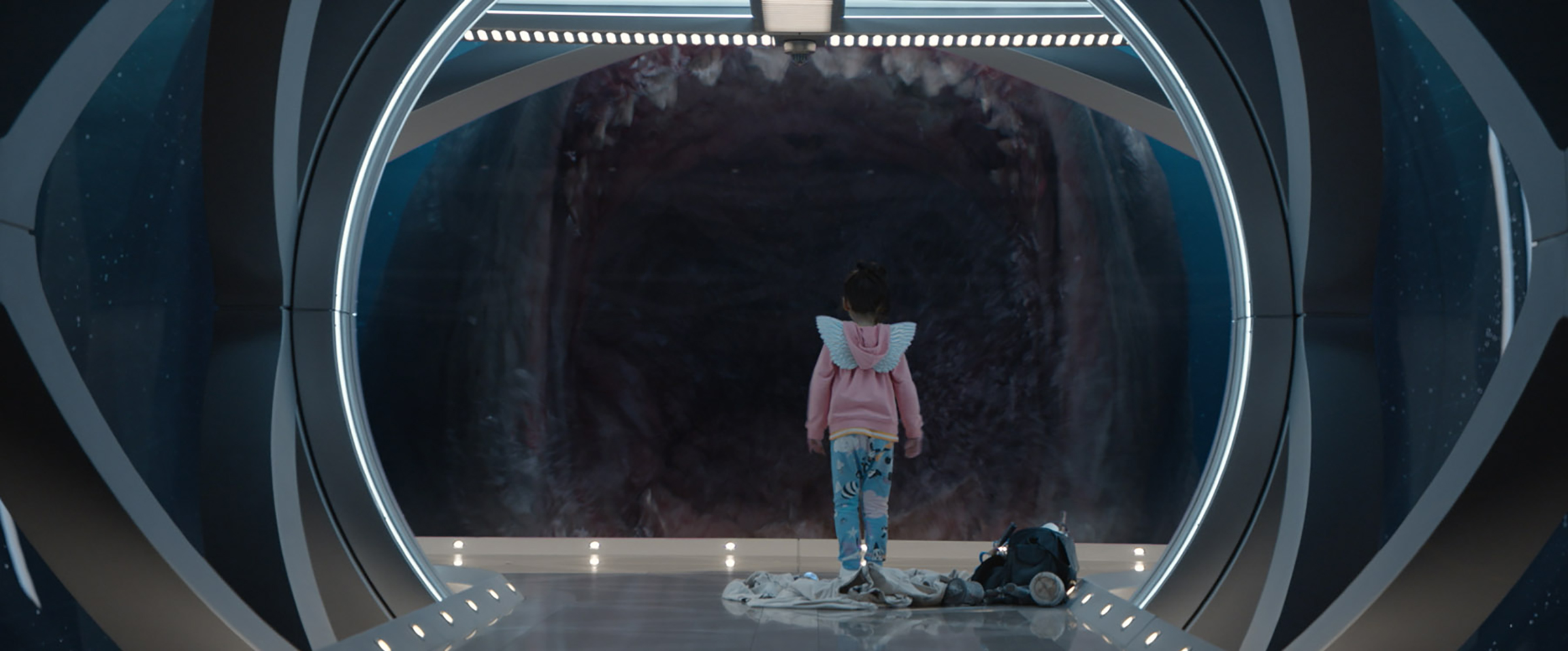
In another scene, Morris decides to hunt the creature at night. That plan turns out to be so unsafe and so obviously perilous that even the common-sense challenged Dwight Schrute—Rainn Wilson’s signature character on “The Office”—wouldn’t have done it. Not even at the behest of his boss, Michael Scott.
Near the end of the movie we see a lot of people treading water near a highly populated beach and, unbeknownst to them, there’s a giant carnivore lurking and ready to pounce and maybe even perform a Polaris breech. It’s likely a homage to “Jaws” where in the opening scene a young woman dangles in the ocean before being pulled in by the famous great white. This is a mega-steroids version of that because, well, everything’s bigger in “The Meg.”
Overall, I can’t say “The Meg” was a big disappointment, but I can’t say it was a big success as a film either. While the movie started with some decent safety protocols, predictably it turned into a feeding frenzy of unfathomably unsafe decisions.
I will leave you with this: A few years ago, scientists from Zurich University theorized that megaladons became extinct from lack of prey and competition from other predators. So riddle me this: What exactly was the Meg eating below the ocean floor to stay alive? Giant squid?
OK, maybe.
All images courtesy of Warner Bros. Pictures.

